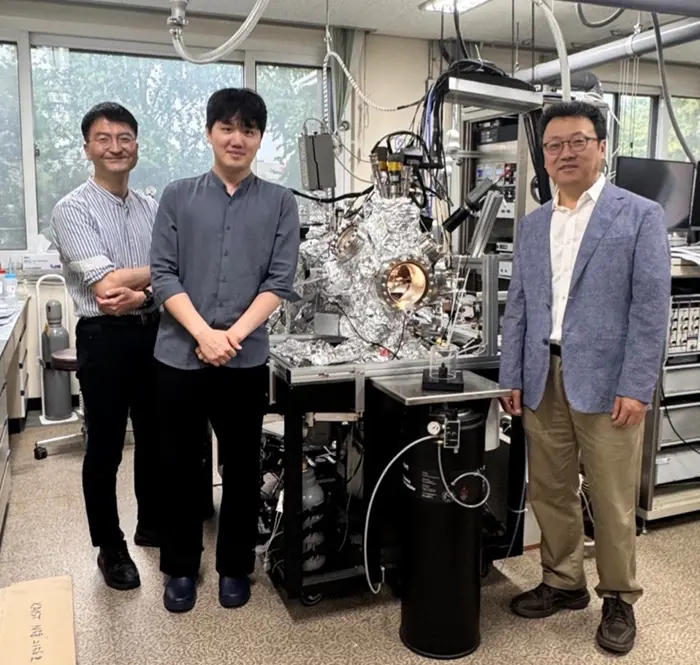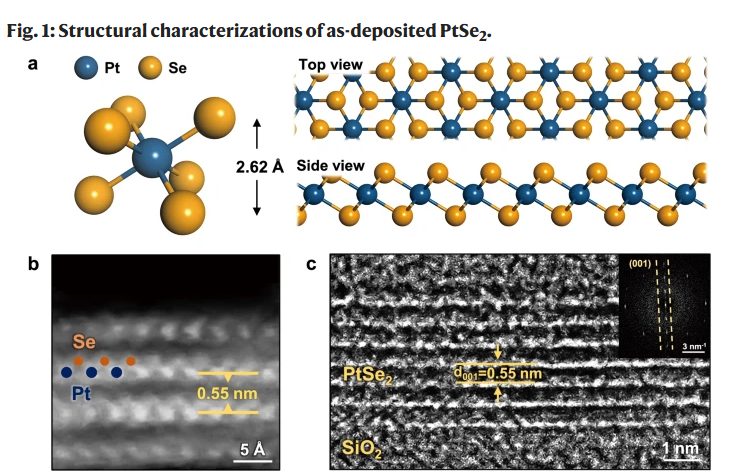This Tiny Catalyst Could Be a Game-Changer for Air Pollution. Here's How It Works

It’s invisible, pervasive, and deadly: air pollution kills around 7 million people a year globally, according to the WHO. Now, scientists at KAIST believe they’ve found a way to stop toxic pollutants before they ever reach our lungs, and the solution lies in something unimaginably small.
A team of chemical engineers at South Korea’s KAIST (Korea Advanced Institute of Science and Technology) has developed a new atomic-level catalyst that could dramatically improve our ability to clean polluted air. The innovation centers on a single-atom ruthenium catalyst, carefully embedded on a support structure of cerium oxide, a combination that enables unprecedented performance in breaking down harmful nitrogen oxides (NOx) and volatile organic compounds (VOCs), which are common byproducts of vehicle emissions, industrial activity, and fossil fuel combustion.
The scale is astonishing: each catalyst site consists of just one atom. Yet the efficiency is game-changing. According to the researchers, the new catalyst outperforms current commercial systems in both durability and reactivity, even at lower temperatures. That means cleaner air with less energy input.

“The real breakthrough here is the stability of the single-atom configuration,” said Professor Hyunjoo Lee, lead author of the study. “By anchoring individual ruthenium atoms to a nanostructured ceria surface, we’ve created a material that doesn’t just work better, it works smarter.”
Most commercial catalysts are based on nanoparticles of precious metals like platinum or palladium, which are expensive and prone to degradation. But single-atom catalysts use far less material, while exposing more active surface area to the target pollutants. That makes them cheaper, greener, and more effective.
What’s more, this design operates efficiently in real-world conditions, where variable temperatures and humidities often degrade performance. The KAIST team tested their catalyst under simulated exhaust conditions and found it consistently broke down NOx into harmless nitrogen and oxygen with high selectivity, a feat that could make a significant difference in urban environments suffering from chronic smog and respiratory illness.
The implications are broad. As cities worldwide scramble to meet clean air targets, a scalable, cost-effective catalyst could be used in exhaust systems, industrial filters, and even indoor air purifiers.
“This technology isn’t just about improving performance in the lab,” Lee added. “It’s about making clean air more accessible for everyone.”
The findings mark another step forward in the growing field of single-atom catalysis, a discipline that is reshaping everything from clean energy to climate mitigation. And while the catalyst itself is invisible to the naked eye, its impact on the air we breathe could be anything but.
In a world choking on its own emissions, tiny atomic innovations like this might just be our biggest hope.